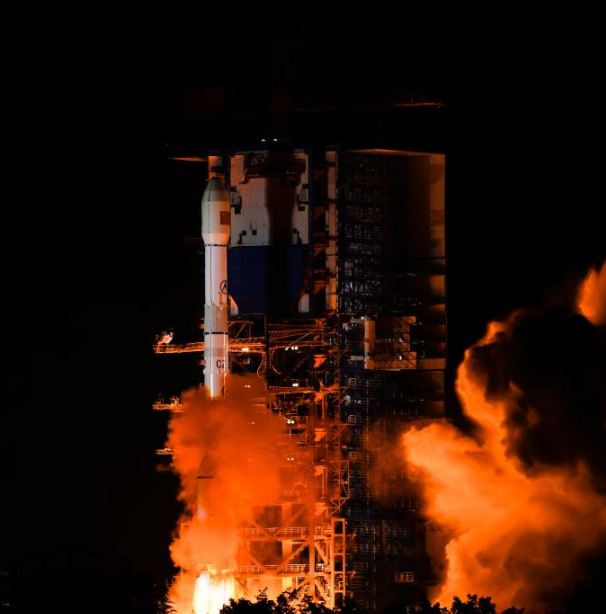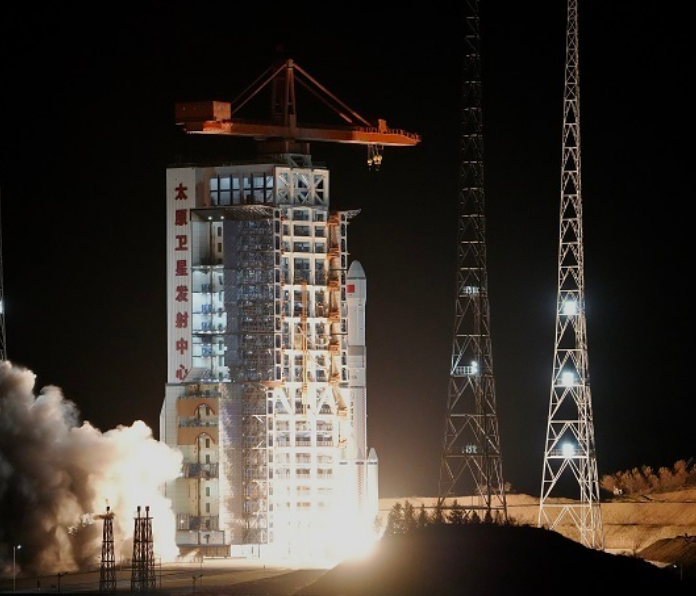09
2022-12
Hong Kong Aerospace Technology Group successfully launched Golden Bauhinia No.1 (05 and 06)
At 14:35 on 9th December, 2022, Hong
Kong Aerospace Technology Group had successfully launched two satellites under “Golden
Bauhinia Satellite No.1 (05)-APSCO-1” and “Golden Bauhinia Satellite No.1 (06)/
JXNU No.1” on the offshore launch platform in the Yellow Sea area, China. Both
of these satellites had successfully entered their planned orbits and are
currently operating normally in orbits, marking the completion of launching
mission.
Both of these satellites are optical remote
sensing satellites equipped with optical camera and satellite platforms which
have achieved technological breakthroughs including miniaturization, high-speed
data transmission and zero-momentum control. The satellite system can also provide
remote data services regarding agricultural disaster monitoring, forest fire
prevention, forestry resource survey, environmental monitoring, geology and
mineral monitoring and flash flood monitoring. Other than that, the group will
develop and design Carbon satellites, SAR satellites and communication
satellites, in an aim to enhance data collection of the Golden Bauhinia
Constellation project.
-
29
2025-05

Tianwen-2 Mission Launched Successfully
At 1:31 AM today, China successfully launched the Tianwen-2 planetary exploration probe from the Xichang Satellite Launch Center using the Long March-3B Y110 carrier rocket.
-
13
2025-05

Communication Technology Experiment Satellite No. 19 Successfully Launched
At 2:09 on May 13, China successfully launched the Communication Technology Experiment Satellite No. 19 from the Xichang Satellite Launch Center using a Long March 3B carrier rocket. The satellite smoothly entered its predetermined orbit, and the launch mission was a complete success.
-
12
2025-05

Remote Sensing Satellite No. 40, Group 02, Successfully Launched
On May 11 at 21:27, China successfully launched the Remote Sensing Satellite No. 40, Group 02, from the Taiyuan Satellite Launch Center using a Long March 6A carrier rocket. The satellite entered its predetermined orbit smoothly, and the launch mission was a complete success.









